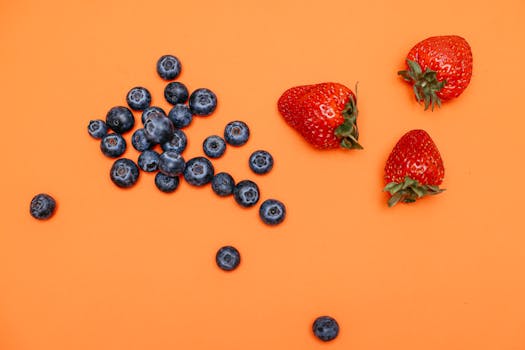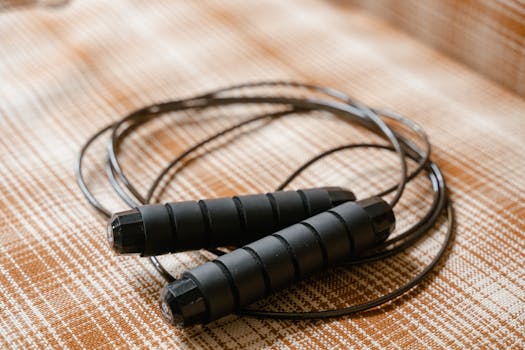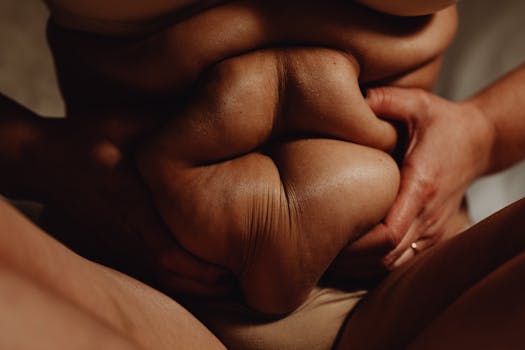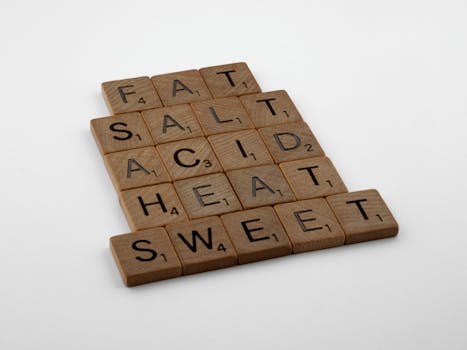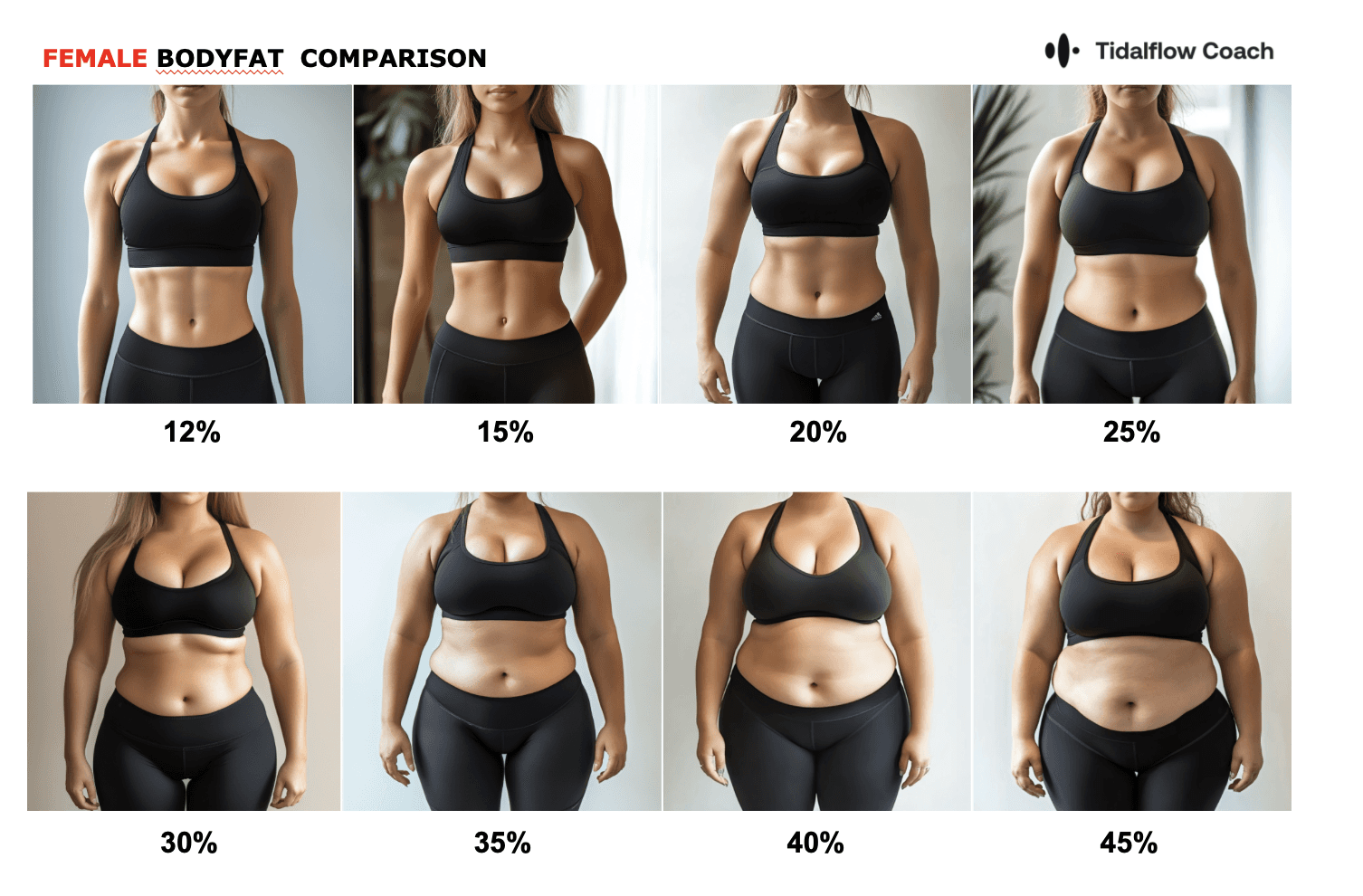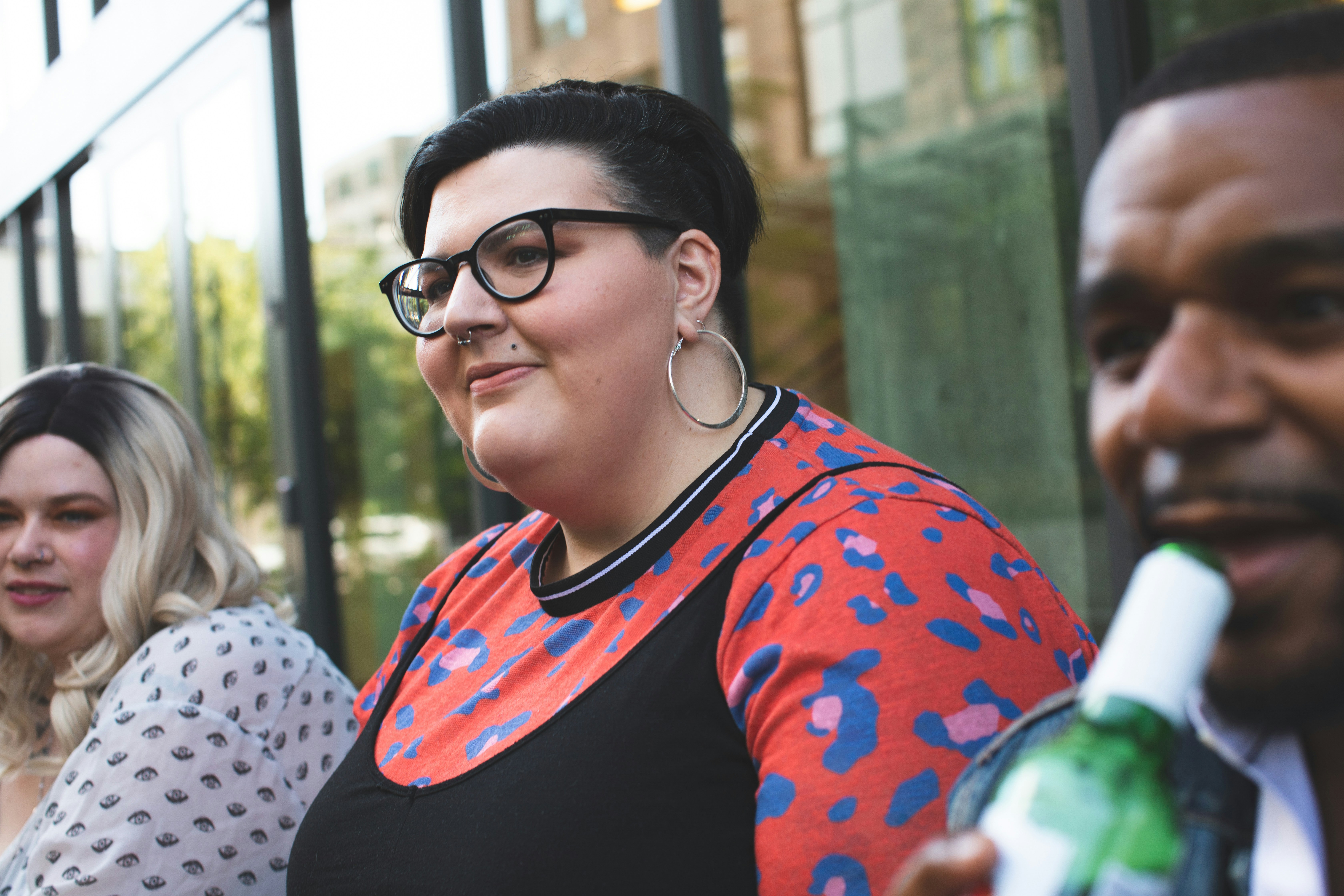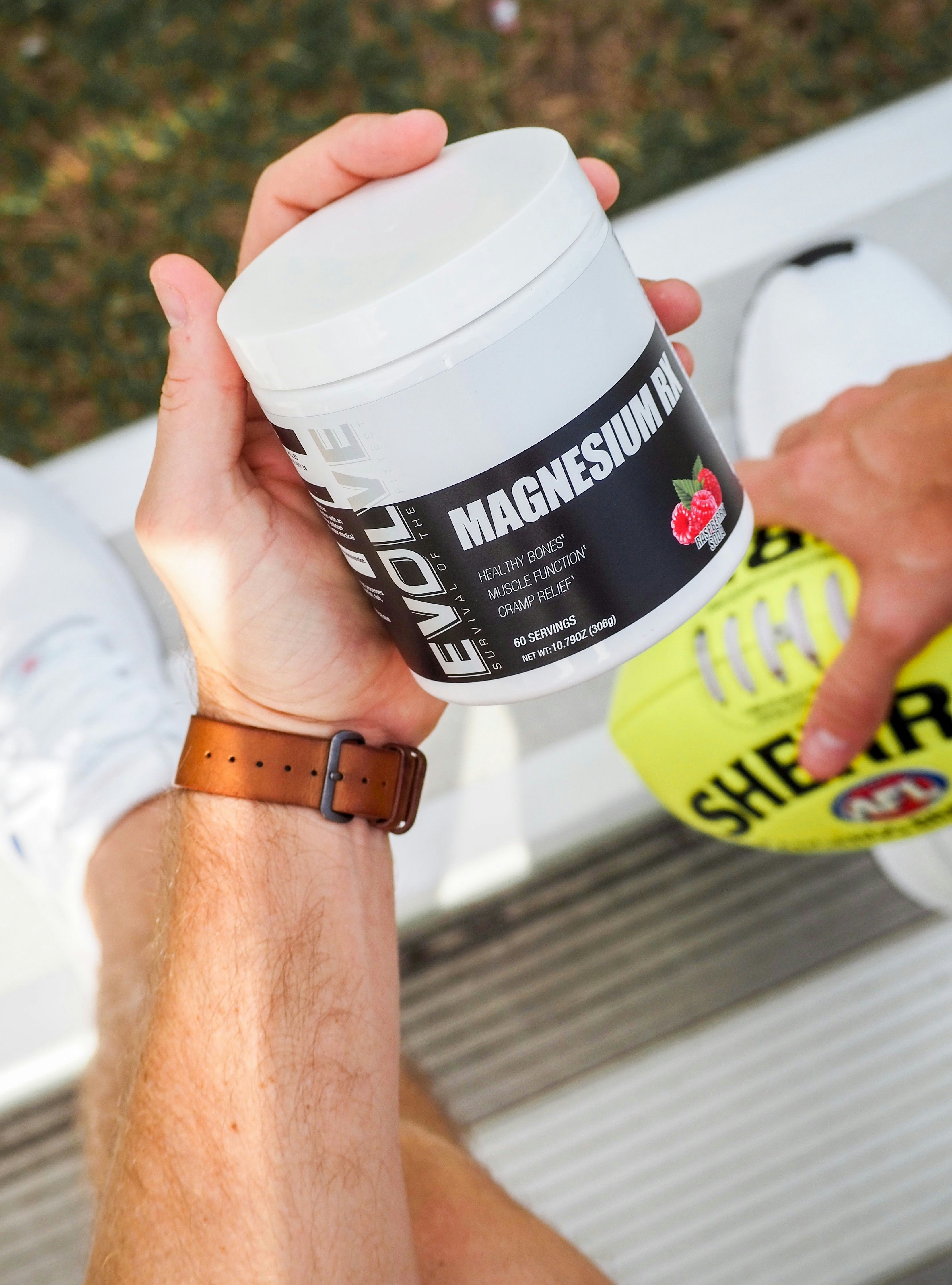When to Worry About Breast Pain After Menopause: Clear Guide
Nov 18, 2024
Breast pain, or mastalgia, is a common concern for many women, particularly during and after menopause. While hormonal changes during this transition can lead to various physical changes, including breast discomfort, it's essential to understand when breast pain may indicate a more serious underlying condition. In this comprehensive guide, we'll explore the causes of breast pain after menopause, how to identify concerning symptoms, and when it's time to consult a healthcare professional.
Understanding Breast Pain After Menopause
During menopause, the body undergoes significant hormonal shifts, primarily a decrease in estrogen and progesterone levels. These hormonal changes can lead to various symptoms, including breast tenderness or discomfort. However, it's crucial to differentiate between normal hormonal fluctuations and potential signs of a more serious condition.
Common Causes of Breast Pain After Menopause
Hormonal Changes
After menopause, the decrease in estrogen can lead to changes in breast tissue, causing some women to experience pain or discomfort in their breasts. This type of pain is often cyclical and may not be consistent.Cysts and Fibrocystic Changes
Women may develop cysts or fibrocystic breast changes, which can cause lumpiness and tenderness. These changes are usually benign but can cause discomfort.Infections
Though less common after menopause, infections such as mastitis can occur, leading to localized pain, swelling, and redness in the breast.Medications
Certain medications, including hormone replacement therapy (HRT), can lead to breast pain as a side effect. If you've recently started or changed your medication, this could be a contributing factor.Weight Changes
Weight gain or loss can also affect breast tissue, leading to discomfort. Increased body fat can lead to higher estrogen levels, which may cause breast tenderness.Breast Cancer
While breast cancer is not as common in postmenopausal women as it is in premenopausal women, it is still a possibility. Any new or unusual breast pain, especially if accompanied by a lump, should be evaluated by a healthcare professional.
Symptoms to Watch For
While breast pain can often be benign, certain symptoms should prompt you to seek medical advice:
Persistent Pain: If breast pain lasts for more than a few weeks or worsens over time, it's essential to consult a healthcare provider.
Lumps or Masses: Any new lumps or changes in breast tissue should be evaluated promptly.
Changes in Skin Texture: Dimpling, puckering, or changes in the color of the skin on the breast can be concerning.
Nipple Discharge: Any unusual discharge from the nipple, especially if it is bloody or occurs without squeezing, should be investigated.
Swelling or Redness: Localized swelling, redness, or warmth in the breast can indicate an infection or other issues.
When to Seek Medical Help
If you experience any of the concerning symptoms mentioned above, it's crucial to seek medical help. A healthcare provider can perform a thorough examination, which may include:
Clinical Breast Exam: A physical examination to check for lumps or abnormalities.
Imaging Tests: Mammograms, ultrasounds, or MRIs may be recommended to visualize breast tissue.
Biopsy: If a suspicious area is found, a biopsy may be performed to determine if cancerous cells are present.
Lifestyle Changes to Alleviate Breast Pain
In addition to seeking medical advice, there are several lifestyle changes you can make to help alleviate breast pain:
Maintain a Healthy Weight: Keeping your weight in check can help regulate hormone levels and reduce breast pain. For tips on managing your weight, check out our article on burning 400 calories daily.
Wear a Supportive Bra: A well-fitted, supportive bra can help alleviate discomfort, especially during physical activities.
Limit Caffeine and Salt: Some studies suggest that reducing caffeine and salt intake may help decrease breast tenderness.
Stay Active: Regular exercise can help maintain a healthy weight and reduce hormonal fluctuations. For ideas on staying active, see our guide on how a pedometer encourages a physically active lifestyle.
Consider Dietary Changes: Incorporating more fruits, vegetables, and whole grains into your diet can help manage weight and overall health. For more on nutrition, check out our fiber intake calculator.
What Does Cancerous Breast Pain Feel Like?
While breast pain is not always an indication of cancer, it's essential to be aware of the potential signs and symptoms. Cancerous breast pain may present as a persistent, dull ache or heaviness in the breast or armpit area. It may also be accompanied by other concerning symptoms, such as:
A lump or thickening in the breast or underarm area
Changes in the size or shape of the breast
Dimpling or puckering of the breast skin
Nipple retraction or inversion
Redness or scaling of the nipple or breast skin
It's important to note that these symptoms can also be caused by non-cancerous conditions. However, if you experience any of these signs, it's crucial to consult a healthcare professional for a proper evaluation.
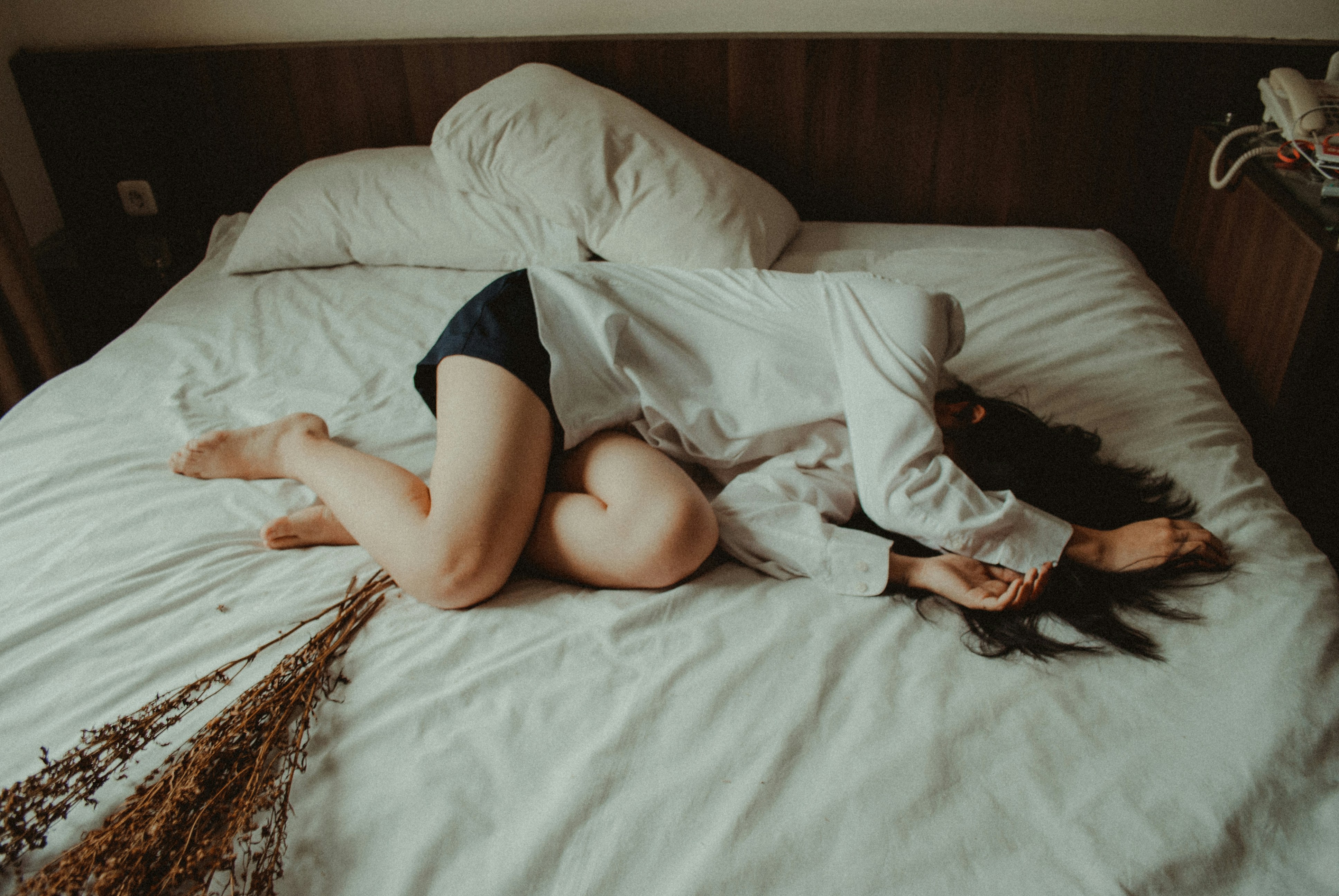
What Breast Pain Should I Be Concerned About?
While breast pain is common and often benign, there are certain types of pain that should raise concern and prompt medical attention:
Persistent or Worsening Pain: If breast pain persists for more than a few weeks or gradually worsens over time, it's essential to seek medical advice.
Localized Pain: Pain that is concentrated in one specific area of the breast, rather than generalized discomfort, may indicate an underlying issue.
Pain Accompanied by Lumps or Skin Changes: Any breast pain accompanied by lumps, skin dimpling, or nipple discharge should be evaluated promptly.
Severe or Debilitating Pain: If breast pain is severe enough to interfere with daily activities or cause significant discomfort, it's crucial to consult a healthcare professional.
What Causes Breast Pain in Seniors?
While breast pain can occur at any age, it's essential to understand the potential causes in seniors or postmenopausal women. Some common causes of breast pain in this age group include:
Hormonal Changes: As women age and go through menopause, hormonal fluctuations can lead to breast tenderness or discomfort.
Cysts and Fibrocystic Changes: Cysts and fibrocystic changes in the breast tissue can cause pain and lumpiness, which may become more common with age.
Breast Cancer: While breast cancer can occur at any age, the risk increases as women get older. Any new or unusual breast pain, especially if accompanied by a lump, should be evaluated.
Medications: Certain medications, such as hormone replacement therapy or certain cancer treatments, can cause breast pain as a side effect.
Trauma or Injury: Seniors may be more prone to breast pain due to trauma or injury, such as from falls or accidents.
It's essential for seniors to be aware of any changes in their breasts and to report any persistent or concerning pain to their healthcare provider.
Does Squeezing the Breast Cause Pain?
Squeezing or applying pressure to the breast can sometimes cause discomfort or pain, particularly if the breast tissue is already tender or sensitive. However, it's important to note that not all breast pain is caused by squeezing or physical pressure.
In some cases, squeezing the breast may be necessary for self-examination or during a clinical breast exam by a healthcare professional. In these instances, mild discomfort or tenderness may be expected, but severe or persistent pain should be reported.
If you experience significant or ongoing pain when squeezing or applying pressure to the breast, it's essential to consult a healthcare provider. They can evaluate the cause of the pain and rule out any underlying conditions.
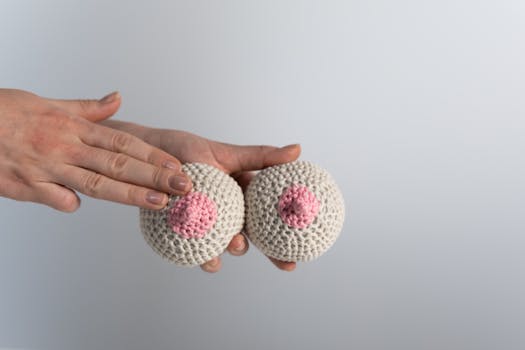
Conclusion
Breast pain after menopause can be a common experience due to hormonal changes, but it's essential to be aware of the signs that may indicate a more serious condition. If you notice persistent pain, lumps, or other concerning symptoms, don't hesitate to consult a healthcare professional.
At Tidalflow, we understand the importance of maintaining your health and wellness during this stage of life. Our AI personal training solutions can help you create a personalized fitness plan that considers your unique needs and goals. Whether you're looking to manage weight, improve your fitness, or simply feel better in your body, we're here to support you every step of the way. Explore our services today and take the first step towards a healthier you!
Disclaimer: This article is for informational purposes only and does not substitute professional medical advice. Consult a healthcare provider for personalized recommendations.
You should not have to do it all on your own




